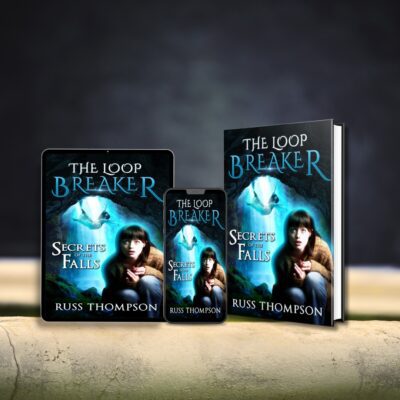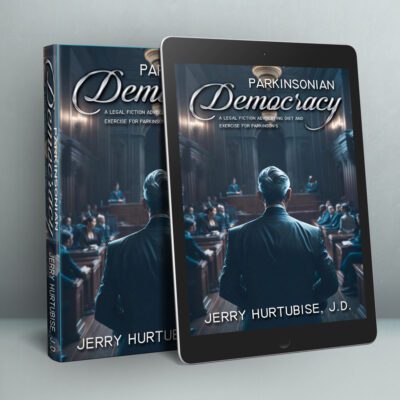The public domain can feel like a treasure chest for authors. From Shakespeare to Sherlock Holmes, works in the public domain for writers open the door to endless creative possibilities. But how do you know if something is truly free to use? And how can you use it responsibly? Let’s break it down.
What Is the Public Domain?
The public domain for writers refers to creative works that are no longer (or were never) protected by copyright. That means you can quote, adapt, remix, or republish them freely.
A work usually enters the public domain when:
- Its copyright expires (often decades after the author’s death).
- The creator has released it intentionally.
- It never qualified for copyright (like U.S. government works).
Why Writers Love It
For writers, the public domain is like a buffet of creative fuel. You can:
- Retell fairy tales, myths, or legends with a fresh twist.
- Publish annotated editions of classics.
- Blend lines of poetry or passages into your own writing—without fear of copyright infringement.
Think about it: without the public domain, we wouldn’t have Pride and Prejudice and Zombies, Disney’s fairy tale films, or countless Shakespeare mashups.
The Catch: Not Everything “Old” Is Free
Here’s the tricky part: not every dusty book belongs to the public domain. Translations, annotations, and new editions can still be copyrighted—even if the original work is centuries old.
And copyright law isn’t the same everywhere. A novel in the U.S. may be free, while in another country it’s still protected. Always double-check before using.
Many classic works are free to use through Project Gutenberg, which offers thousands of public domain ebooks.
How Writers Can Spot the Public Domain Safely
If you’re not sure whether a work is free to use, here are some safe ways to check:
- Check publication dates. In the U.S., anything published before 1929 is in the public domain (as of 2025). Each January, more works “graduate” into it.
- Look for Creative Commons Zero (CC0) licenses. That’s a clear signal from the creator that you can use it however you want.
- Use trusted databases. Sites like Project Gutenberg, HathiTrust, and the Internet Archive mark public domain works clearly.
Related Reading: Fair Use Explained: What Writers Need to Know
Why Public Domain Matters for Writers
When you know how to use the public domain for writers, you unlock endless story ideas while staying safe from legal headaches. It’s a way to connect your work with centuries of storytelling while giving classics new life.
The public domain isn’t a lawless free-for-all. It’s a shared creative space that rewards curiosity, research, and care. So before you dive into that old poem or painting, check its status. Then go ahead and transform it into something new.
Who knows? Your next bestselling idea may be waiting in a library archive, just waiting for you to bring it back into the light.
If you missed our earlier article, Writing Ethically, check it out for a refresher on proper citations.







